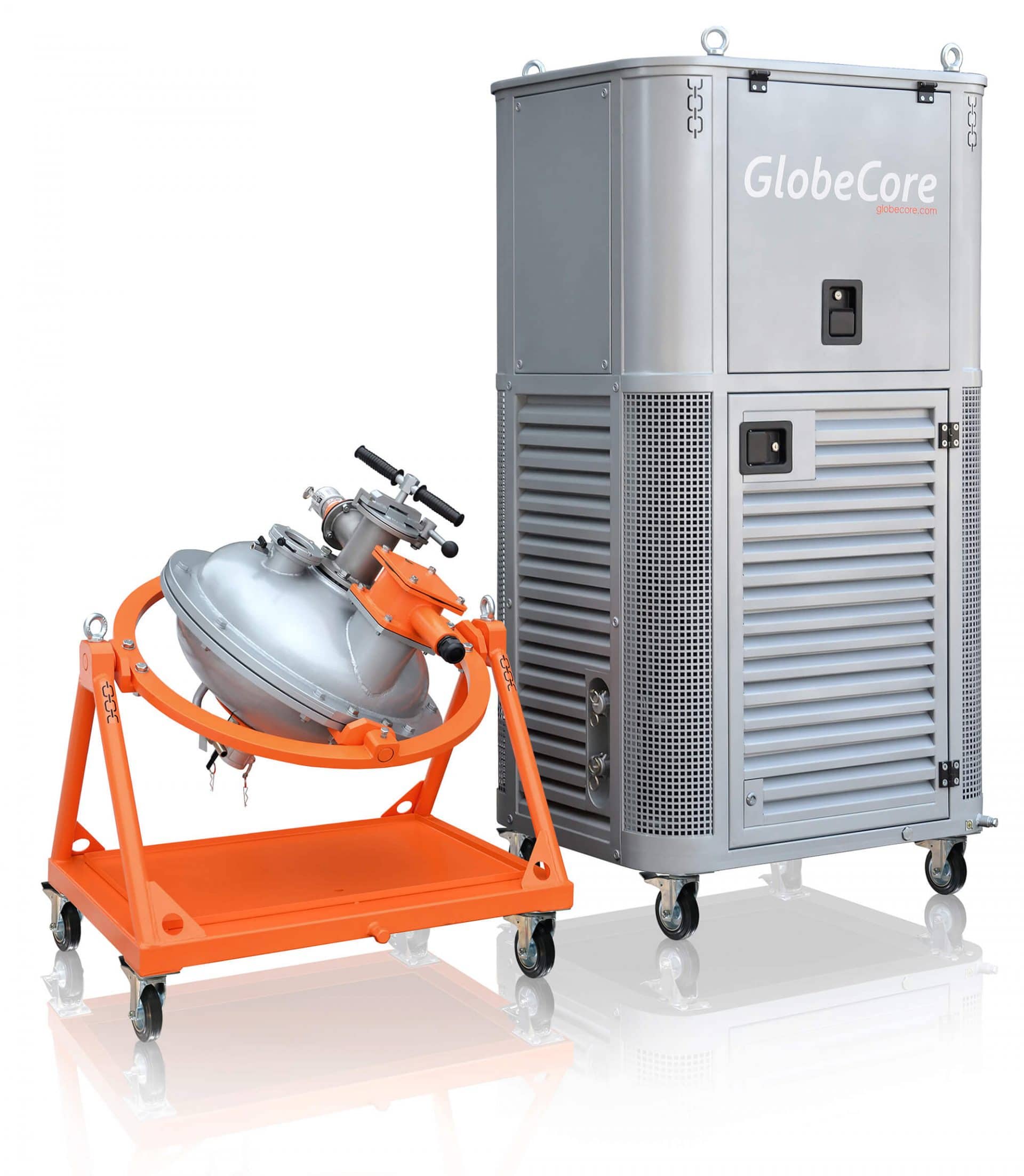Removal of heavy metals and neutralization of heavy metals are words instantly familiar to all environmental scientists and wastewater purification specialists. In this article we will discuss the existing methods of removal of heavy metals, analyze benefits and limitations and will suggest techniques to improve efficiency of wastewater purification.
What are the heavy metals
Heavy metals definition: these are chemical elements with atomic weight above 40. Another definition is that heavy metals are the elements which demonstrate the properties of metals and have high atomic weight or density. Some examples of heavy metals are lead, mercury, cadmium, copper, arsenic, nickel, zinc, chrome, tin, iron etc.
The good and the bad of heavy metals
Some heavy metals in microscopic quantities are necessary for animals and plants. Iron and zinc, in certain amounts, are necessary in the human body. However, other heavy metals tend to accumulate in the body over time, reaching concentrations which cause serious illness.
A subclass of heavy metals are toxic metals. They perform no biological function (mercury and lead are good examples). There are also elements which are toxic to some animals, but necessary for others (cadmium and vanadium).
The sources of heavy metals in water are mostly anthropogenic: industrial facilities and vehicles. Let us discuss heavy metal removal, when these metals enter the soil and water bodies with wastewater.
Removal of heavy metals from wastewater
Removal of heavy metals from wastewater is achieved by converting them to insoluble compounds which can then be filtered or settled out or otherwise separated from the liquid. The following processes applied in wastewater purification:
- neutralization;
- oxidation and reduction;
- sedimentation;
- sediment dehydration.
Heavy metal salts are mostly contained in acidic wastewater. It must first be neutralized with an alkali. There are several techniques of neutralization:
- mixing of acidic and basic wastewater streams;
- addition of chemicals;
- passing acidic wastewater through a neutralizing barrier etc.
Oxidation in wastewater purification is the chemical reaction which results in separation of electrons from atoms. Simply put, the oxidizer reacts with the contaminants, which become less toxic and can be removed from the water. The method involves high consumption rate of the chemicals, and is used when other methods cannot be applied.
Sedimentation and sediment dehydration is the final stage of heavy metal removal and neutralization of wastewater.
Despite the fact that this method is very common, it has limitations which require development of the existing purification systems, such as the large amounts of chemicals used in the reaction, high power consumption and large equipment footprint.
Vortex layer devices in removal of heavy metals from wastewater
The problem of improving the existing chemical wastewater purification and neutralization systems is not new. A solution was suggested in the 1960s which can still bring significant benefits to any industrial facility with a wastewater stream.
The main idea of this solution is that the removal of heavy metals occurs in a slightly different process, which includes an additional component: a vortex layer device.
In a nutshell, the design of this device can be explained as follows: it is a caged motor without the rotor; instead of the rotor, the device is equipped with a chamber made of a non-magnetic material. The chamber is filled with ferromagnetic particles (needles). When the induction coil is energized, the needles move along complex trajectories, colliding between each other and with the walls of the chamber. The substance inside the chamber comes under the influence of many factors: the rotating EM field, direct contact with the metal particles, cavitation, magnetostriction etc. The combined effect is the much accelerated process inside the chamber (lasting only seconds or or even less). The power requirement of the unit is significantly lower than that of traditional mechanical agitators. In hard numbers, the rate of chemical consumption is reduced by a factor of 1.5-2, while power costs are decreased by a factor of 2-2.5 per 1 m3 of wastewater.
This means that removal of heavy metals from wastewater can become more efficient if the existing system is retrofitted with the vortex layer devices.


 AVS-150 Chemical Mixing ...
AVS-150 Chemical Mixing ... AVS-100 Mixing Machine. ...
AVS-100 Mixing Machine. ...